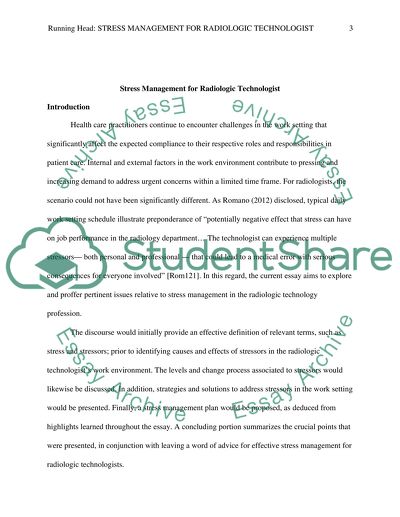Cite this document
(“Stress Management for Radiologic Technologist Essay”, n.d.)
Retrieved from https://studentshare.org/health-sciences-medicine/1459567-stress-management-for-radiologic-technologist
Retrieved from https://studentshare.org/health-sciences-medicine/1459567-stress-management-for-radiologic-technologist
(Stress Management for Radiologic Technologist Essay)
https://studentshare.org/health-sciences-medicine/1459567-stress-management-for-radiologic-technologist.
https://studentshare.org/health-sciences-medicine/1459567-stress-management-for-radiologic-technologist.
“Stress Management for Radiologic Technologist Essay”, n.d. https://studentshare.org/health-sciences-medicine/1459567-stress-management-for-radiologic-technologist.


